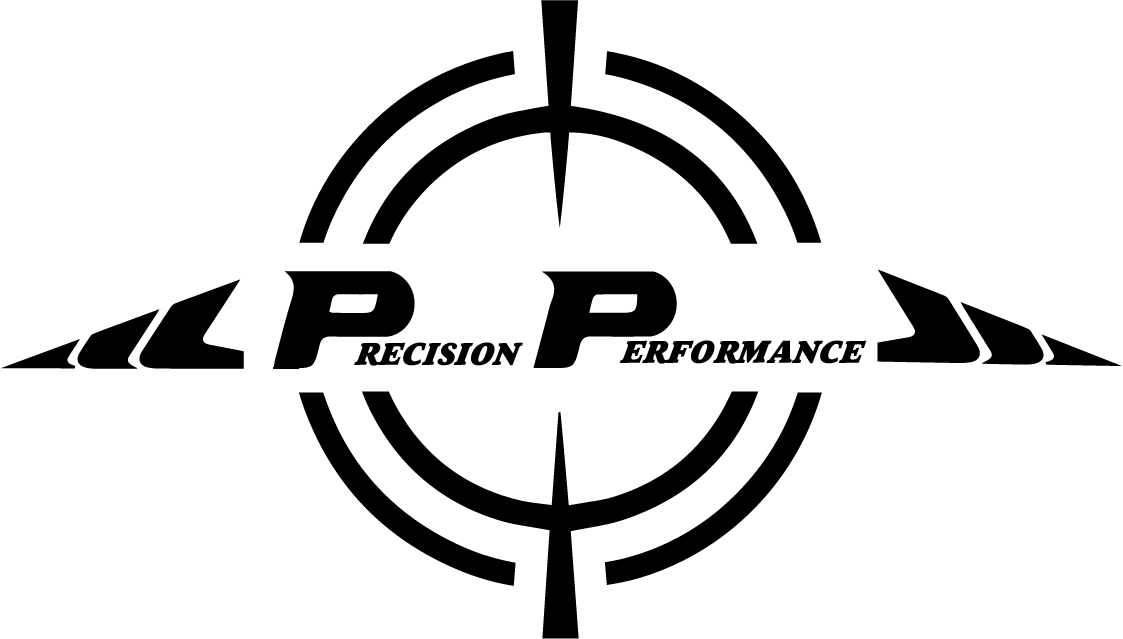[vc_row type=”in_container” scene_position=”center” text_color=”dark” text_align=”left” overlay_strength=”0.3″][vc_column column_padding=”no-extra-padding” column_padding_position=”all” background_color_opacity=”1″ background_hover_color_opacity=”1″ width=”1/1″][vc_column_text]In a modern golf swing, the “X-Factor” is the rotation of the shoulders in relation to the hips throughout the golf swing. A greater “X-Factor” would be created when the shoulders are rotated further into a backswing with a more restricted and stable hip. This makes rotational stability essential. The separation of the shoulders and hips creates a stretching of the tissue of the pelvis, torso, and shoulders. When trained and used correctly this stretching when performed in a controlled manner can elicit a reflexive response termed the stretch shortening cycle. The stretch shortening cycle (used in other athletic motions such as a vertical jump) can help produce a more powerful muscular contraction aiding in the rotation down to the ball in the downswing leading to increased power and the ability to bring the club through the ball faster.
There are a few ways that I have often seen people try to improve this response:
- They try to create a bigger shoulder turn to try and force the shoulders open further in relation to the hips.
- They try to more forcefully restrict their trail hip from rotating while going into their backswing.
- They try to forcefully open the hips when the club is at or near the top of the backswing to drive themselves harder back down to the ball.
All of these ways that people try to increase their “X-Factor”, if not performed more efficiently with the appropriate instruction and the appropriate level of physical ability can frequently lead to poorer performance due to more inconsistency and more likelihood for injury. The area that most often takes on the most stress with the modern golf swing is the lower back. The increases in rotation and the force that is produced during the acceleration of the downswing and the deceleration during the follow through cause a variety of forces on the lumbar spine which will over stress the lumbar spine if those forces aren’t balanced out by an efficiently performed golf by someone who has the proper flexibility, strength, and balance.
In order to limit inconsistency, losses in posture, poorer performance, and injury (most commonly the lower back) in the modern golf swing, a golfer needs to develop a high degree of strength, coordination, muscular control, and hip/trunk stability. With a goal of the golf swing being to maintain a good posture throughout the swing, being able to maintain good rotational stability throughout the motion is important. Speed of the golf swing is not a result of how fast you can power a club back down to the ball, it is based on being able to efficiently chain together the force from the ground through the hips, torso and arms into the club.
There are many ways to improve trunk and postural stability, but in this article we will highlight a couple of exercises that work on rotational stability by improving the ability to resist rotation (anti-rotation). Anti-rotation exercises improve the ability to resist and control motions of the spine. Some anti-rotation exercises that one can perform in the standing or golf posture could be the anti-rotation squat, crossbody wood chop, single arm punch, and anti-rotation Pallof press (see videos).
An efficient rotation is a key part of a golf swing. The appropriate strength, coordination, muscular control, and hip/trunk stability need to be obtained to decrease the rotation torque on the lower back. Rotation can be trained a variety of ways including improving the ability to resist rotation. Improve rotational stability and improve your golf game.
Functional Physical Therapy Center in Boise, ID focuses on physical therapy, performance training programs, and Titleist Performance Institute golf assessments with a focus of getting individuals back to baseline and beyond. [/vc_column_text][/vc_column][/vc_row][vc_row type=”in_container” scene_position=”center” text_color=”dark” text_align=”left” overlay_strength=”0.3″][vc_column column_padding=”no-extra-padding” column_padding_position=”all” background_color_opacity=”1″ background_hover_color_opacity=”1″ width=”1/4″][vc_video link=”https://youtu.be/wYqykV98N0Y”][/vc_column][vc_column column_padding=”no-extra-padding” column_padding_position=”all” background_color_opacity=”1″ background_hover_color_opacity=”1″ width=”1/4″][vc_video link=”https://youtu.be/30btuRi8jk0″ align=”center”][/vc_column][vc_column column_padding=”no-extra-padding” column_padding_position=”all” background_color_opacity=”1″ background_hover_color_opacity=”1″ width=”1/4″][vc_video link=”https://youtu.be/WRBTlY8ssG4″ align=”center”][/vc_column][vc_column column_padding=”no-extra-padding” column_padding_position=”all” background_color_opacity=”1″ background_hover_color_opacity=”1″ width=”1/4″][vc_video link=”https://youtu.be/f_2lX44GSIw” align=”right”][/vc_column][/vc_row]
